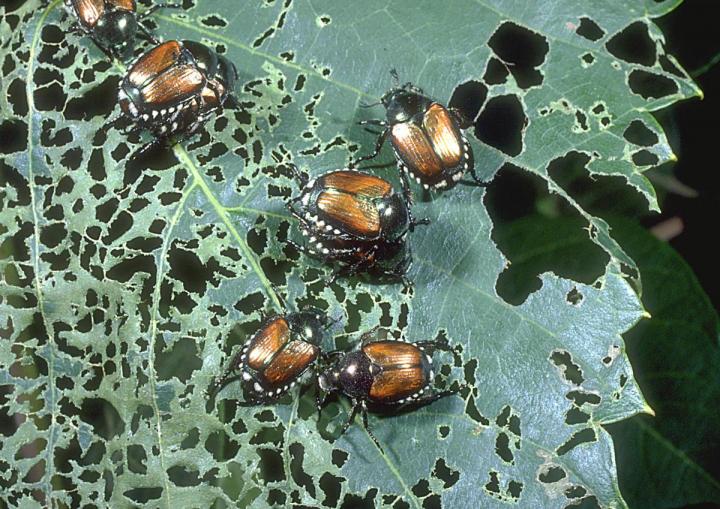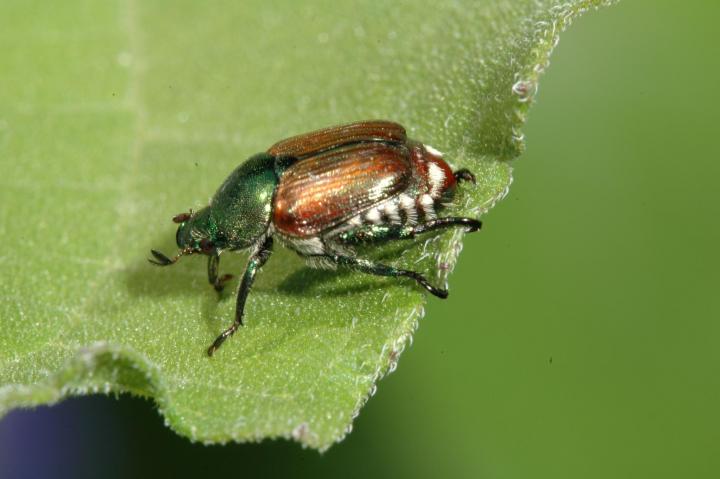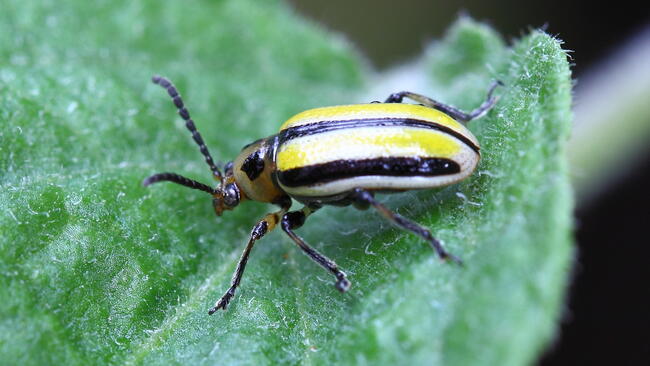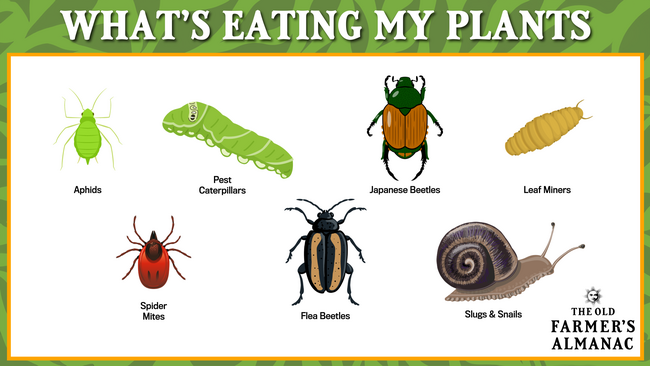
Caption
Use these tips to get rid of Japanese beetles.
Photo Credit
Crestock
Subhead
Prevent Japanese Beetles From Eating Your Plants!
Read Next
Gardening Products
More Like This
What a way to end the year, 2025 is going to be the best year of my life because after taking Dr Ehimare herbs that cured me from herpes and my other health issues I know for sure 2025 is the year the Lord has made for me
if you have any health problems such as Chronic illness , diabetes , HBP , herpes and other infection please do well to contact DR EHIMARE for all kind of healthy tip and advise 🙏🏼
CONTACT HE TODAY 👇🏿
Whatsapp number +2348114527257
Gmail info doctorehimare80@gmail.com
https://linktr.ee/doctorehimare
I'm going to share this for awareness purpose. Living with Herpes simplex was depression for me even with my doctor's advice and medication. My name is Vicky Moore I live in Chicago, Illinois and this is my story. I browsed the Internet in search of remedies or something but unfortunately nothing new, all still had the same results. Sadly I almost quit on myself, it was around 7:30 in the morning when my therapist called me over to her house, at first I was skeptical, but I went anyways on getting there she was smiling and said there's living proof now, she showed me a lady who also suffered from herpes simplex 3years back and now she is cured by a doctor who also studied natural herbs. I was amazed and lost for words I even doubted but showed me a doctor's report test. So I contacted the doctor and weeks later, I was cured. So I would love to use this medium to say a big thank you to my therapist and Dr. Chalopa. This story is shared to others like me out there. However, he also treats other illnesses.
E mail (drchalopa@ gmail. com)
Up until a year ago, we had no japanese beetles but for the past two summers, they seem to fly in like a plague. We have 2 acres of garden and landscape plants - I hand pick and throw them in buckets of water for my ducks and chickens to eat (they love them and gobble them up fast - they follow me in the yard when I’m on picking duty). Daily we have more come in. They do seem concentrated on our jewelweed in the meadow and Virginia creeper but also do quite a lot of damage to the older variety roses, my crab apple trees and a few of my maples. I really wonder why after 25 years here of no beetles, we’ve been having plagues of them. We do not have grub issues (very heavy soil) and even so, we have treated with milky spore last year and I see more than ever this year again. I have a lot of plants they do not bother much, but still - I really dislike them. I also keep bees so we do not spray or dust anything.
What a great in depth article! This article pretty much covers it all and leaves no room for error. I loved it and immediately wanted to print it out to put into my gardening notebook for instant referral. Thanks to the author for being so thorough. Super helpful.
I just wanted to thank the writer for such an in-depth piece of information. You are a good writer. This was the information I needed. Again, thank you.
I was having problems with beetles landing in our swimming pool. I would scoop out a few dozen daily. I put out one of the beetle traps on the corner of my property. To enhance capture, I cut the bottom of the trap off and instead placed a bucket of sudsy water underneath instead. In the first day, I must have killed ten thousand of these beetles having emptied and refilled the bucket three times. No more beetles in the pool!
I have a beautiful rose bush 7’ tall by 6’ wide. The beetles loved it and were killing it. The bush will bloom first in mid May - beetles would arrive every year mid June. My fix - after the first flowering and pollination- when i see the first beetles arrive - - I surround the bush with tulle fabric for one month. No more beetles.
I was told it installing solar powered garden lights can help to deter the Japanese beetles. Does anyone have any experience using these lights? What are your findings?
They don't deter them, they're attracted to lights
I have two Red Maple trees that have been decimated over the last two years. This article says that the Red Maple is not liked by the Japanese Beetle, but my red trees are the only ones they eat…that includes my Japanese Maple.
- « Previous
- 1
- 2
- …
- 10
- Next »



















Comments